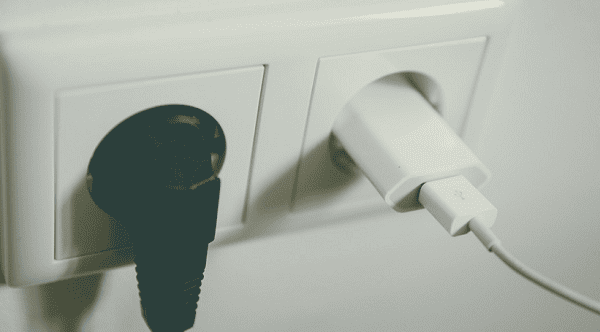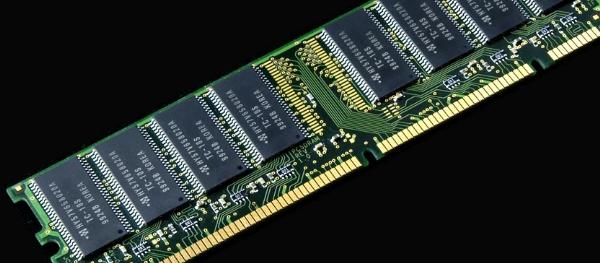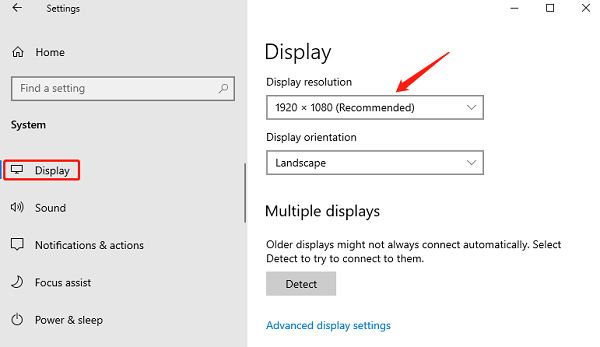When you see a "No Signal" message on your monitor, it indicates that the display is receiving no input from the computer. Here are some steps to diagnose and fix the problem.

Step 1: Check the Physical Connections
The first step in troubleshooting is to ensure that all physical connections are secure:
1. Check that the power cable is securely plugged into the monitor and the wall outlet. Also, ensure that the video cable (HDMI, DVI, VGA, or DisplayPort) is firmly connected to both the monitor and the computer. If you notice any fraying or damage to the cables, consider replacing them.
2. If you have spare cables, try swapping them out to rule out a faulty cable.
3. If possible, connect your computer to a different monitor or TV. This will help determine whether the issue lies with the monitor or the computer.

Step 2: Power Cycle Your Devices
Sometimes, a simple reset can resolve the issue:
1. Power down your computer and monitor completely. Unplug them from the electrical outlet.
2. Leave them unplugged for about 1-2 minutes. This allows any residual power to dissipate.
3. Plug the power cables back in, start your monitor first, and then turn on your computer.
Step 3: Check the Graphics Card Driver
Graphics card driver issues are a common cause of no signal on the monitor, so updating your graphics drivers is a crucial step in fixing this problem. It's recommended to use Driver Sentry to automatically detect and update drivers, saving time and preventing errors during installation.
Download the latest version of Driver Sentry, install it, and click "Scan".

After the scan, you'll see which drivers are missing or need updating. Find the graphics driver in the results and click "Update".
Once updated, it's recommended to restart the computer to ensure the new drivers are correctly applied.
Step 4: Check for Hardware Issues
If the problem persists, there may be a hardware issue:
1. If you have a dedicated graphics card, ensure it is securely seated in the PCI Express slot. If comfortable, you can remove it and reinsert it. Also, check for any visible damage.
2. Sometimes, reseating the RAM can solve the problem. Turn off your computer, open the case, and carefully remove and reinstall the RAM sticks.
3. Overheating can cause the computer to fail to send a signal. Ensure all fans are functioning and that there's no dust buildup obstructing airflow.

Step 5: Boot in Safe Mode
If the display still shows "No Signal", try booting into Safe Mode:
1. While it's booting, repeatedly press the F8 key (or Shift + F8 on some systems) until the Advanced Boot Options menu appears.
2. Choose "Safe Mode" from the options. If the display works in Safe Mode, the problem may be related to drivers or software.
Step 6: Check Display Settings
Sometimes, the issue can be related to incorrect display settings:
1. Right-click on the desktop and select "Display settings". Ensure the resolution is set to a supported level for your monitor.
2. If you have multiple displays, ensure the primary display is set correctly. You can do this in the display settings by selecting the correct monitor and choosing "Make this my main display".

The above is the computer display no signal solution, I hope it will help you.
See also:
Guide to Upgrading Sound Drivers on Windows 11
How to Fix Keyboard Indicator Lights Not Working